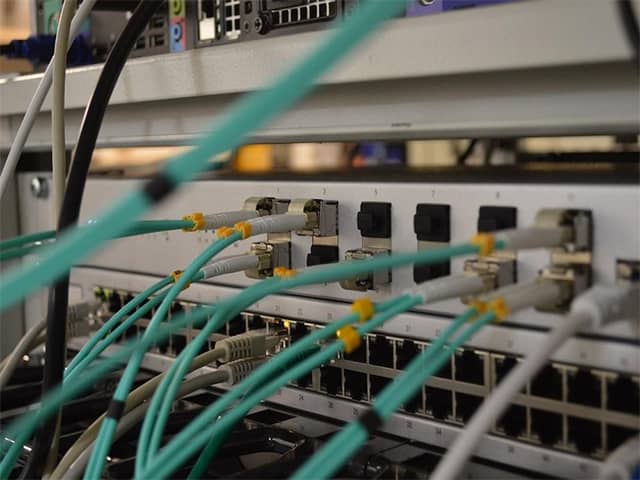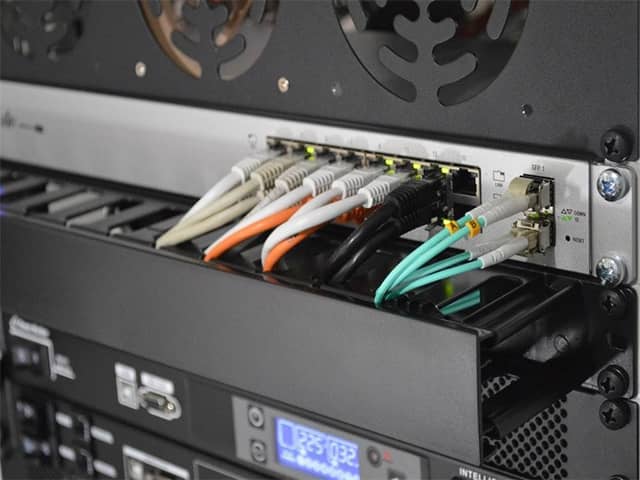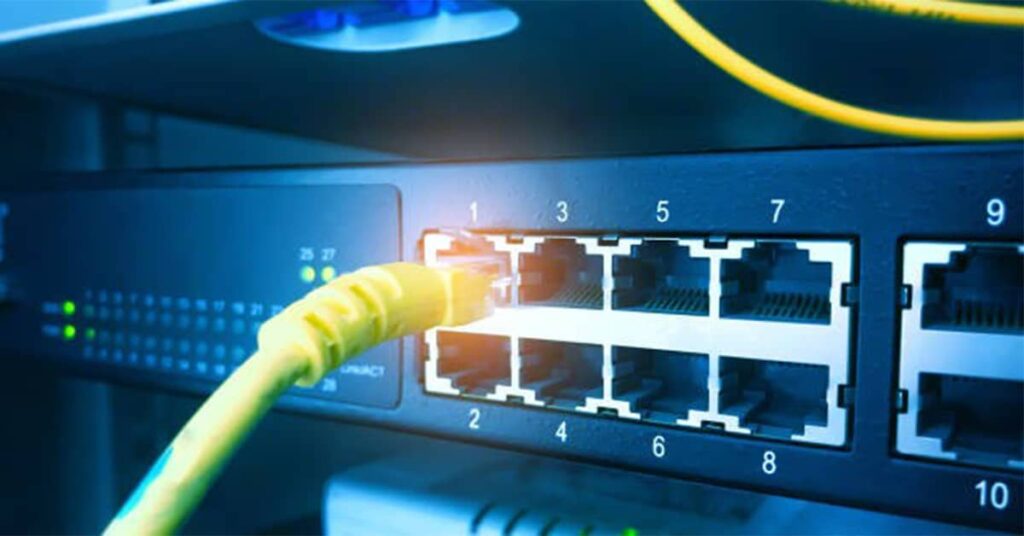Elevate Your Campus Network with The Right Switch Solutions
As higher education becomes increasingly reliant on technology, campus networks face growing pressure to support everything from online learning to IoT devices.
Network performance has never been more vital, making the access layer – composed of switches, routers and WAPs – a foundational component. Choosing switch solutions tailored to institutional requirements is key for meeting current and future needs.
Approaching access switches as a strategic investment aligned to campus requirements, IT leaders can elevate network foundations. Standardizing with scalable solutions tailored for different campus contexts allows more agility in meeting current and emerging needs. The result is higher performing wired and wireless access that empowers administrators and educators to innovate.
This blog explores how taking a strategic approach to access layer switches allows IT teams to elevate overall campus network capabilities.
Assessing Your Performance Needs

Evaluate the campus’s existing and emerging networking needs before choosing the campus switches. Consider factors like:
- Number of users and devices: How many numbers of students, professors, and IoT endpoints should be accessed? Project growth for 5+ years.
- Bandwidth-heavy apps: What video/virtual/analytics applications are in use today/or are projected?
- Access locations: Is the network required in classes, dormitories, admin buildings, and outside spaces? Prioritize high-density areas.
- Security concerns: Does the network transport research data, health records, or financial information? Advanced security is crucial.
Evaluation of such performance needs determines your switch priorities regarding speed, density, and features.
Choosing the Right Switch Types
Campus networks require different switch types – core, distribution, and access layer switches. Each serves distinct functions:
1. Core Switches
The high-performance heart of your network, core switches connect distribution switches and critical network services. Opt for switches that offer:
- High bandwidth scalability using 25/100 Gbps ports to avoid congestion.
- Redundant high-availability hardware and software to minimize downtime risks.
- Advanced security and access control lists to protect sensitive data.
- Easy management with centralized controller and automation capabilities.
2. Distribution Switches
Intermediating between core and access layers, distribution switches aggregate connections and policy management. Key capabilities involve:
- High port density with 10/25 Gbps speeds to handle bandwidth convergence.
- PoE+ and PoE++ to supply connectivity and power for wireless access points, security cameras, and phones.
- Intelligent monitoring, visibility, and automation to simplify IT management.
- Mix modular, chassis, and fixed form factors to enable flexible growth.
3. Access Switches
Access switches directly connect end-user devices in classrooms, offices, dorms, and other campus locations. The top criteria include the following:
- Varied port types such as Gigabit Ethernet, 10 Gbps, and multifigabit ports are used to connect diverse devices.
- High-density designs with 1/2.5/5GbE uplinks. More ports in the same rack space cut costs.
- SFP+ ports for fiber connectivity to converged network infrastructure.
- Multigigabit Ethernet to handle new WiFi access points and high-bandwidth endpoints.
By segmenting your network hierarchy and picking the right switch types for each tier, you augur scalability and performance.
Key Switch Purchase Considerations

Beyond specialized switch roles, consider these additional decision drivers:
1. Future-Proofed Standards Support
Ensure switches can support current and future standards such as 2.5/5/25/100GbE speeds, and PoE++ power levels as network demands grow exponentially.
2. Cloud Management
Searching for user-friendly dashboards on user-friendly switches with configuration guides and auto controls helps make the monitoring and remediation process easy. Select cloud-centered models that can be managed centrally in an effective and current manner across campus.
3. Network Agility
Use switches that can be controlled by APIs, for instance, REST APIS or Python scripts. This enables you to tailor network operations for faster service provisioning and enhances agility.
4. Energy Efficiency
Consider using low-power consumption switches powered by sustainable energy sources and minimizing wastage of heat, thus saving on cooling needs.
5. Scalable Operating System
Scaling depends on contemporary and hardy OS. Go with the switch’s OS, DevOps Programmability, Fault Tolerance, and RT Analytics for all-flexible network infrastructure.
By assessing their performance as related to budgets and environmental concerns well, a campus evaluation of switches can raise the bar for its network capabilities higher than ever before.
Top Vendor Switch Solutions

Each campus network is unique. Needs vary based on size, applications, and growth objectives. Yet assessing the proper criteria creates clarity for choosing the ideal switch. Explore top-rated vendor offerings capable of optimizing campus connectivity:
1. Cisco Catalyst Switching
Cisco remains an industry leader for enterprise switching, now offering cloud-managed Catalyst models with built-in automation, analytics, and Assurance capabilities. Standout switches like the Catalyst 9300 and 9400 promise high density, security, and scalability suitable for expanding campus demands.
2. Huawei CloudEngine Switches
Touted for their high-performance hardware, extensive routing protocols, and eased SDN capabilities, Huawei’s CloudEngine Ethernet switches offer versatile campus functionality. Models like the 16800 deliver 100Gbps speeds and 50Tbps capacity to satisfy bandwidth-heavy apps.
3. HPE Aruba CX Switches
The CX 6300 switch series constitutes a powerful line-up for campuses seeking analytics-based automation. Turnkey AIOps, agreed SLA metrics and rich telemetry data inform more intelligent network decision-making, which is ideal for unpredictable growth.
5. Juniper Mist Switches
Driven by AI ops, Juniper’s Mist cloud architecture gives administrators unmatched visibility and control via microservices and API-driven automation. Wireless access switches like the MS210 deliver PoE++ and multigigabit Ethernet to harmonize wired/wireless infrastructure.
Bottomline
Elevating campus connectivity requires switches aligning innovation with concrete performance metrics and scale.
As networking complexities grow exponentially, leveraging AI-ops, automated workflows, and actionable analytics is critical to mastering network management. Partnering with an established vendor and outlining infrastructure evolvement plans will illuminate the ideal switching strategy for intelligent, sustainable growth. Your campus network transformation starts here!


